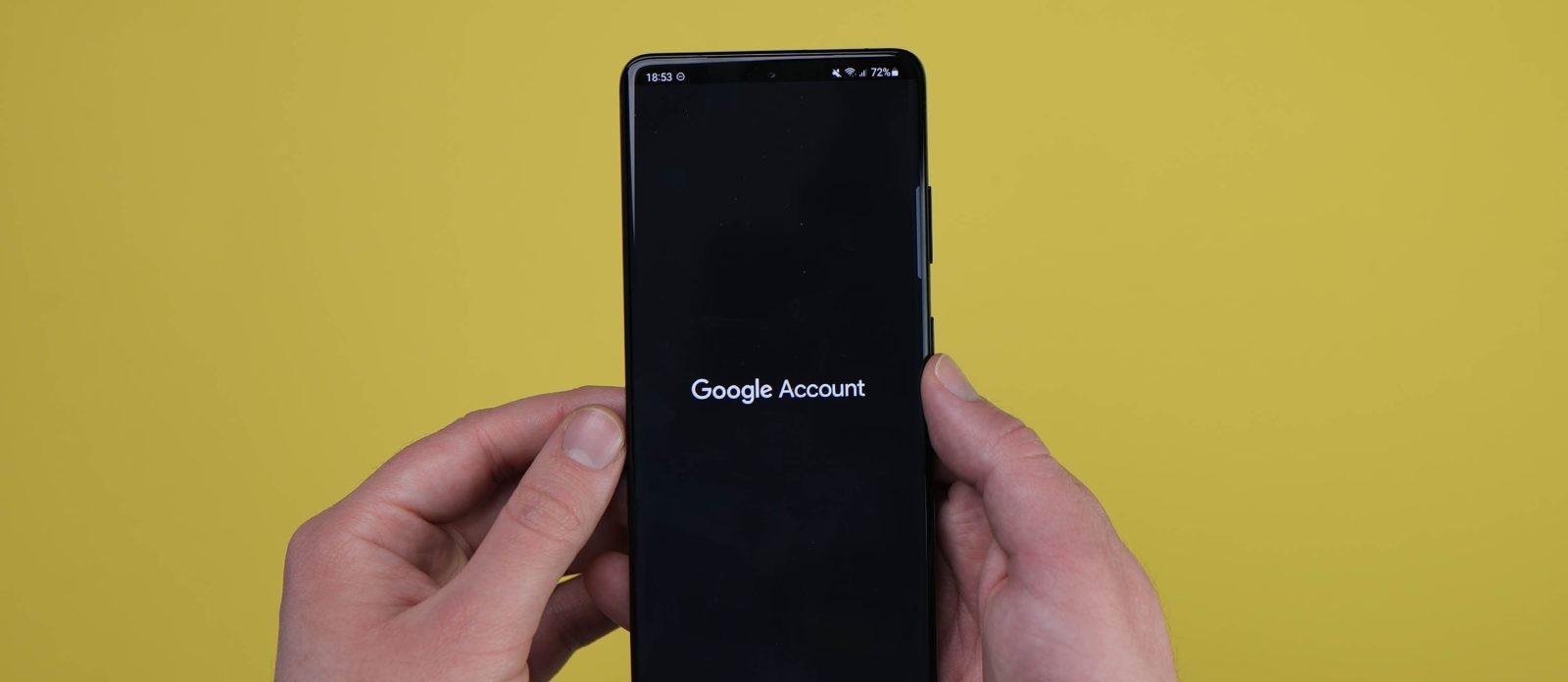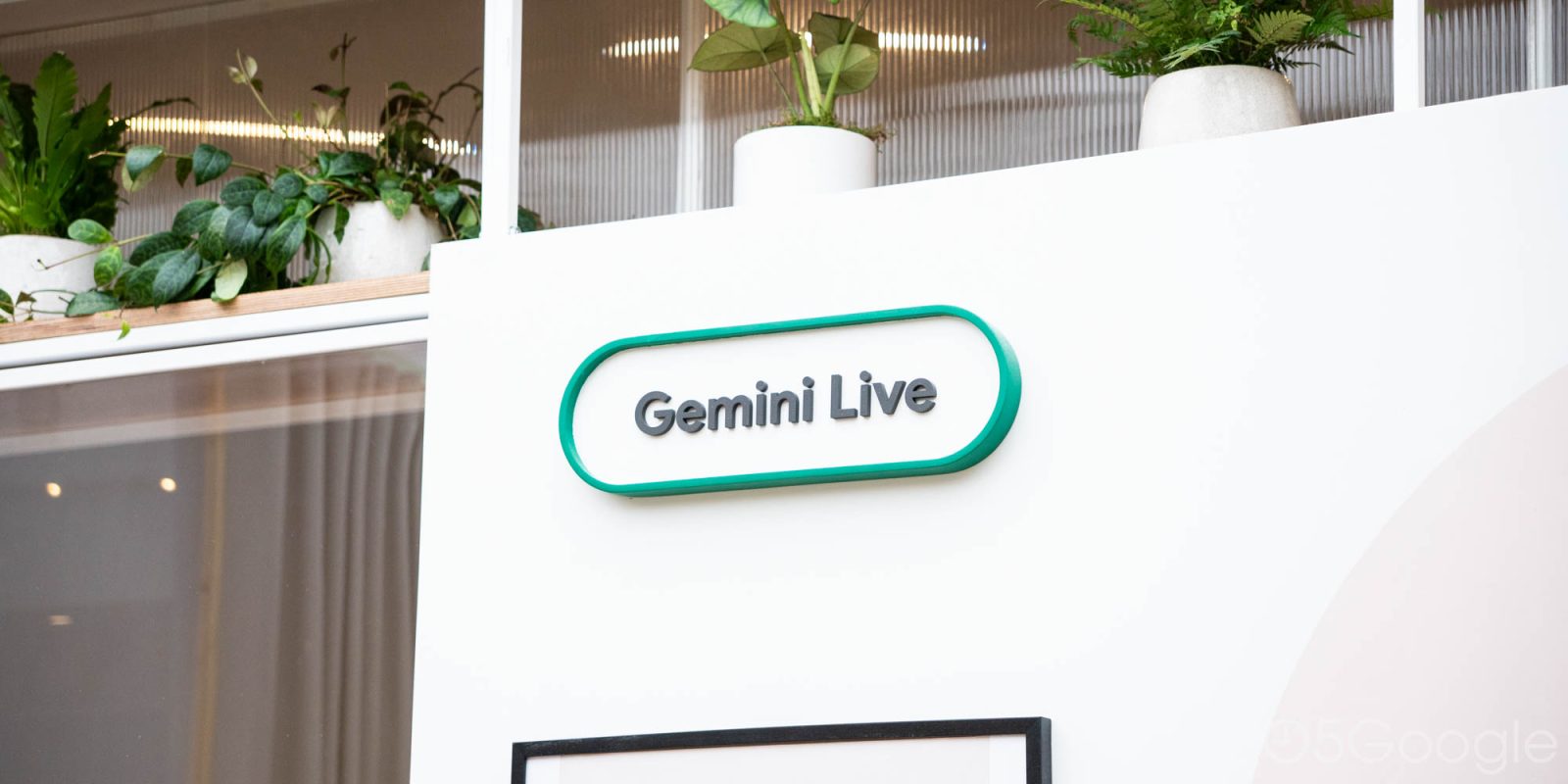The Nothing Phone (3) has entered the smartphone market with a design that challenges conventional aesthetics. Its unique appearance has sparked varied reactions, yet after a week of use, its distinctiveness becomes increasingly appealing. The device’s design not only captures attention but also prompts curiosity among onlookers.
Weighing 217 grams, the Phone (3) has a noticeable heft. While this weight is comparable to other premium devices, the balance could be improved to enhance comfort during prolonged use. The matte metal frame and glass back provide a premium feel and a secure grip, reducing the likelihood of accidental drops. However, the Essential Key button’s placement and design may lead to accidental presses, which could be refined in future iterations.
Powered by the Snapdragon 8s Gen 4 processor, the Phone (3) delivers a responsive and smooth user experience. While it may not match the raw power of top-tier flagships, it handles daily tasks and multitasking with ease. The display offers vibrant colors and clarity, performing well both indoors and under direct sunlight. Notably, the device maintains a cool temperature during extended use, even in warmer conditions.
Running on Nothing OS, the Phone (3) provides a clean and intuitive interface reminiscent of stock Android, with thoughtful additions that enhance usability. Features like the screen light-up animation, which responds to touch, add a layer of engagement to the user experience.
Battery life is a standout feature, with the 5,150 mAh battery consistently lasting through a full day of intensive use. Even on days dominated by 5G connectivity and heavy app usage, the device retains a significant charge by day’s end, outperforming many competitors in this regard.
The camera system, comprising four 50MP sensors, delivers impressive results. Low-light performance is commendable, capturing detailed and accurate images. In well-lit conditions, the camera produces true-to-life photos without excessive processing, making it a reliable tool for photography enthusiasts.
The Glyph Matrix, a novel feature replacing the previous Glyph Interface, introduces a rear-mounted dot-matrix display. While it offers potential for innovative interactions, its current utility is limited. Features like the Glyph Mirror for framing selfies are promising, but the overall functionality may feel gimmicky to some users. Future software updates could expand its usefulness.
In summary, the Nothing Phone (3) combines bold design choices with solid performance and battery life. While certain features like the Glyph Matrix may require further development to realize their full potential, the device stands as a compelling option for those seeking innovation in their smartphone experience.



